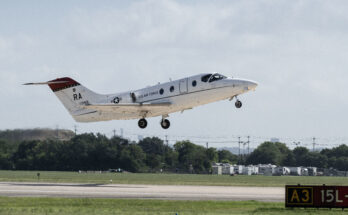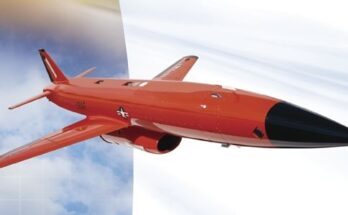
In less than a few years, the Type 26 frigate has vaulted from a small, also-ran program to the leading contender in the international surface combatant market. With the signed Australian and Canadian orders, at least 32 Type 26 frigates are to be built. Notably, both these orders have come from Commonwealth countries. There are significant suspicions that the exit of the U.K. from the European Union was a major political factor in the selection of a British design. This interpretation sees these orders for British products as a mark of approval of the Commonwealth toward the return of Britain to its privileged position within Commonwealth economic circles.
This may or may not be true, but the fact remains that the Canadian and Australian orders have given the Type 26 frigate a major boost in the export market for surface combatants. An order book of the present size opens the way to significant additional sales, with Brazil and Chile being mentioned as possible future customers. British allies in the Middle East may also develop an interest in this frigate.
An additional effect of the Commonwealth orders is that additional reductions in the British Type 26 frigate program are becoming increasingly unlikely. Suggestions that the number of Type 26 frigates to be built for the U.K. Royal Navy may be reduced from eight to six are now regarded as much less plausible than they were but a couple of years ago.
Still, this impression may be misleading. It is becoming apparent that the factors driving the cutbacks to the Type 26 program are purely financial and that any strategic logic cited is no more than post facto justification. The real issue is that the expense of the Dreadnought class SSBN program has been draining procurement funds from the U.K. Royal Navy and the remaining resources will have to be spread thinly. The Scottish Nationalist Party picked up on this and was quick to point out that building the SSBNs rather than Type 26 frigates shifts construction from Scottish to English yards, something that was only made apparent after the Scottish Independence referendum was concluded. Less than a week after the Canadian order was announced, Scottish nationalists were complaining that the Canadian ships would be built in Halifax, Nova Scotia, Canada, and not on the Clyde in Scotland.
It was rumored that when one defense industry member wittily said the ships would still be built in Scotland, just “New Scotland” (which is the English translation of the Latin Nova Scotia), aggrieved Scottish Nationalists were reported to not be amused.
The U.K. Royal Navy remains on tap to receive its planned Type 26 frigates, alongside future Type 31 and Type 32 frigates (although the latter will not begin to arrive until after 2030). However, it will lose two of its older Type 23 warships early, thus driving down the number of surface combatants to 17 in total until the arrival into service of the newer classes of ships, starting with the lead Type 26 frigate HMS Glasgow, due in 2027.
Forecast International’s Warships Forecast covers the key submarine, aircraft carrier, surface combatant, amphibious warfare, and underway replenishment programs that will dominate the warship industry over the next decade and beyond. It details the market impact of numerous key programs, including the Franco-Italian FREMM class frigate, the Queen Elizabeth class aircraft carrier, and the SSN-774 Virginia class submarine. Each report contains a full design history of the ship, an extensive list of major contractors and subcomponent suppliers, and a wealth of information on the ship’s performance and operational capabilities. Click here to learn more.
For more than 30 years, Richard has performed numerous roles as a top analyst for Forecast International. Currently, Richard is the Group Leader and Lead Analyst for Forecast International's Traditional Defense Systems, which covers all aspects of naval warfare, military vehicles, ordnance and munitions, missiles, and unmanned vehicles.
Having previously been Forecast International's Electronics Group Leader for 20-plus years, Richard established Electro-Optical Systems Forecast, as well as having been the prime editor of Electronic Systems Forecast, Land & Sea-Based Electronics Forecast, and C4I Forecast. Additionally, Richard has served as the Naval Systems Group Leader responsible for Anti-Submarine Warfare Forecast andWarships Forecast.




